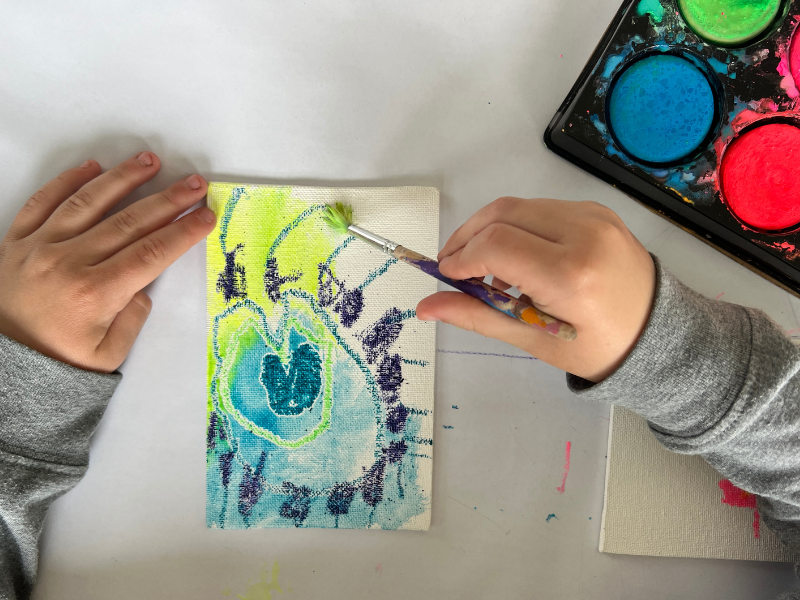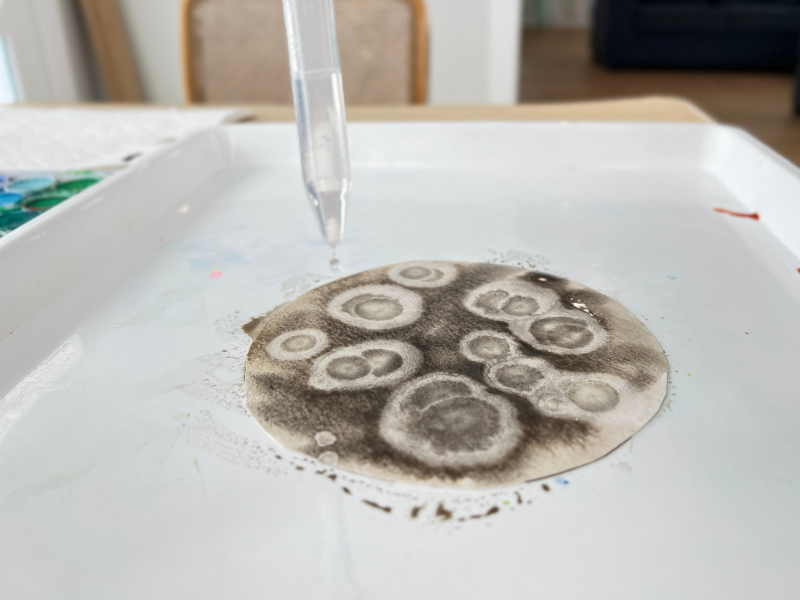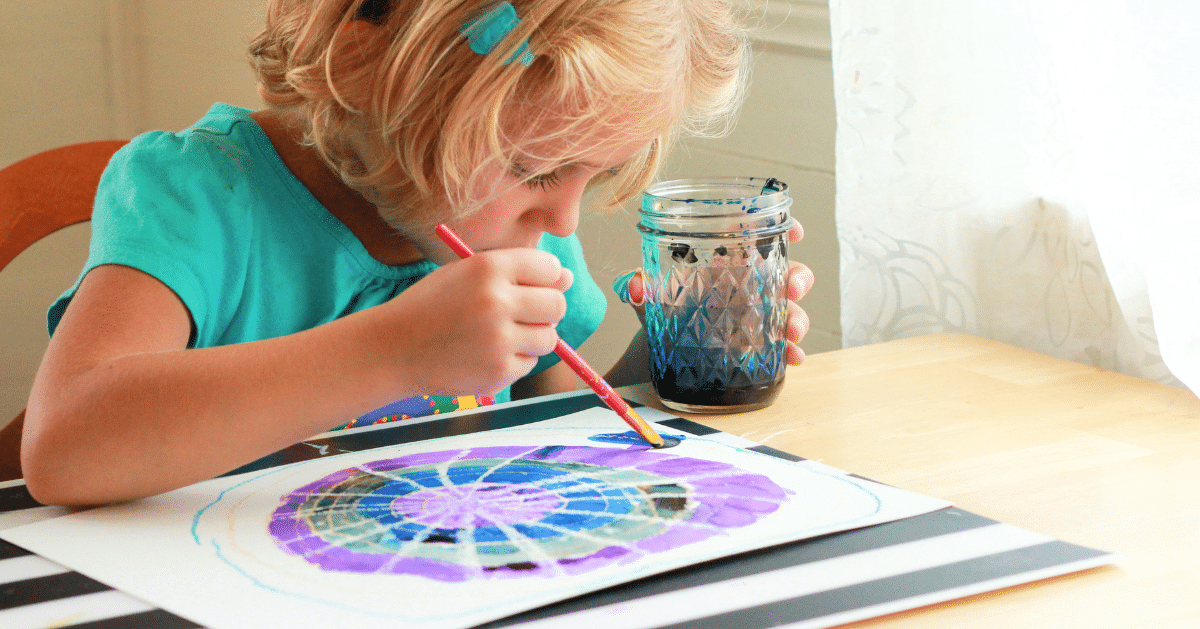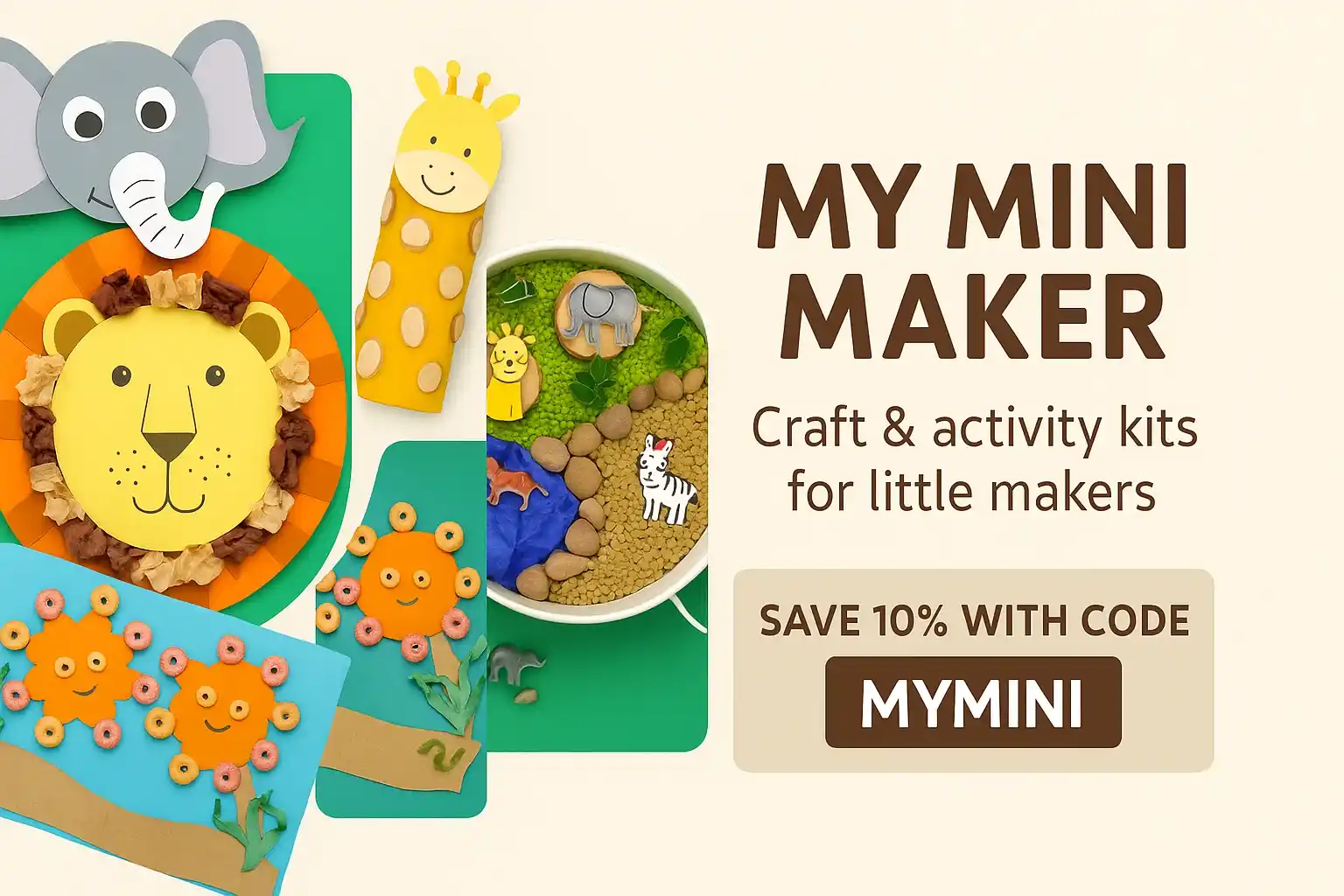# Unleashing Creativity: Exploring Watercolor Resist Art Techniques
Watercolor painting offers a fantastic avenue for artistic expression, particularly for children. Its versatility is truly remarkable, with countless techniques to explore and methods to utilize. Among these, watercolor resist art stands out as a captivating and rewarding experience. This method involves creating an underlying layer of art that *repels* the watercolor paint, resulting in stunning visual effects. Let’s dive into five exciting watercolor resist techniques to inspire your next creative session.
## The Magic of Resistance: How it Works
The core principle behind watercolor resist art is simple: certain materials prevent the watercolor paint from adhering to the paper in those areas. This creates a beautiful contrast, highlighting the resisted areas and adding depth to the artwork. The materials used act as a barrier, allowing the watercolor to flow *around* them rather than *through* them. This technique is not only visually appealing but also introduces children to fundamental art concepts like layering and texture.
## 5 Watercolor Resist Techniques to Try
### 1. Crayon & Oil Pastel Resist: A Classic Approach
This is arguably the most accessible and popular watercolor resist technique, perfect for beginners of all ages. Simply have your child draw a design on paper using crayons or oil pastels. The waxy texture of these materials will naturally repel the watercolor paint. Once the drawing is complete, gently apply watercolors over the entire surface. Watch as the colors flow around the crayon or oil pastel lines, creating a vibrant and defined image. For a more advanced approach, encourage blending and layering of colors to achieve unique effects. Explore different types of paper to see how the texture affects the final result. You can find a wide selection of art supplies, including high-quality crayons and oil pastels, at our recommended kids’ art supply store.

### 2. Melted Crayon Resist: A Warm & Wonderful Technique
Take the wax resist concept to the next level with this captivating technique. Using a warm surface – a canvas warmed with a hairdryer, a heated palette, or even a carefully monitored iron (adult supervision is *essential*) – gently melt crayons onto the paper. The melted wax creates a textured base that resists the watercolor paint. This method produces a unique, almost ethereal effect, and is particularly striking when using a variety of crayon colors. Consider experimenting with different heat levels to achieve varying degrees of melting and texture. You can even try this technique on wooden blocks or other surfaces for a unique and personalized touch. For inspiration and ideas, check out our guide to sticker resist art, which builds on this concept with a playful twist.

*Photo by Andrea Martelle*
### Glue Resist: Building Texture & Dimensionality
Squeeze bottles filled with glue offer another exciting avenue for watercolor resist. Children can use the glue to “draw” their designs directly onto the paper, creating raised lines that will resist the watercolor paint. This technique is particularly effective for creating textured artwork and adding dimensionality. White glue works beautifully, but for a dramatic effect, consider adding black dye to the glue to create a striking black glue resist, reminiscent of stained glass. This method is a fun way to explore different line weights and create intricate designs. You can even create a faux stained-glass effect by outlining shapes with black glue and filling them with vibrant watercolors.

*Photo by Andrea Martelle*
### Rubbing Alcohol Resist: Unexpected Patterns & Mesmerizing Effects



